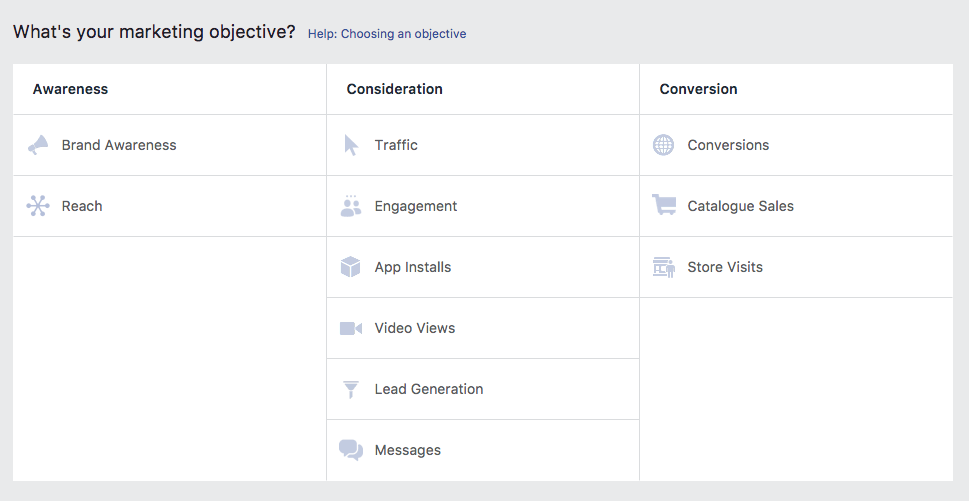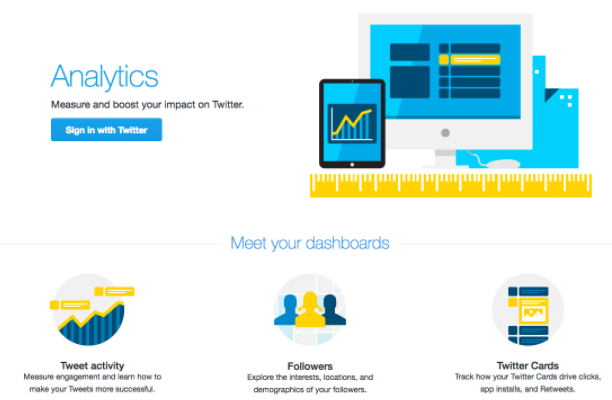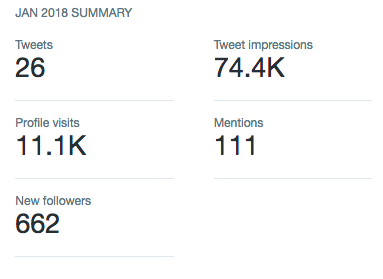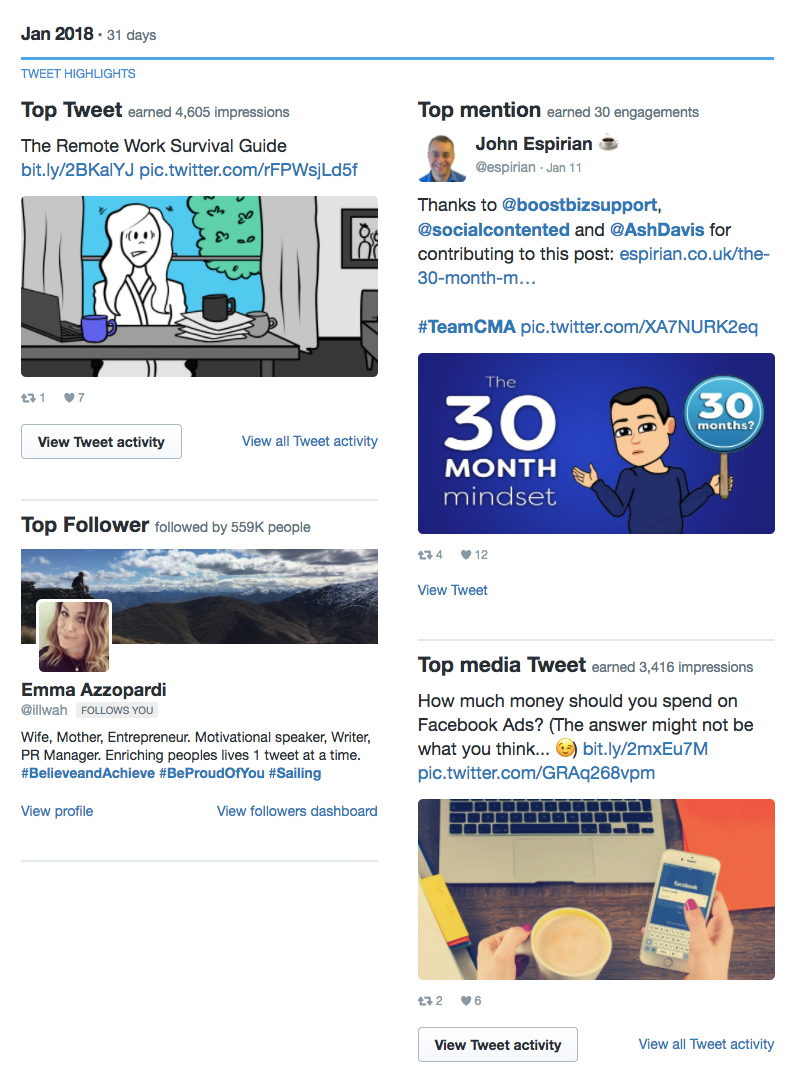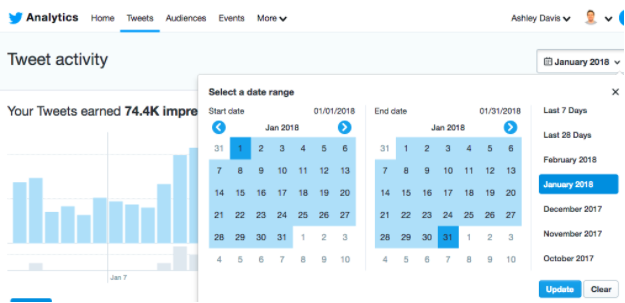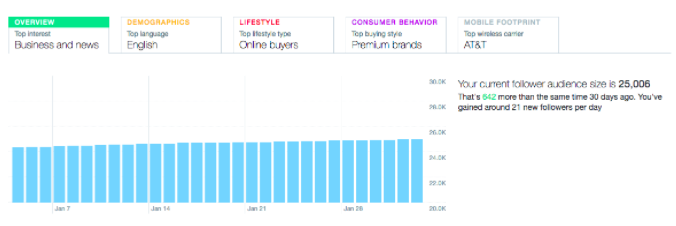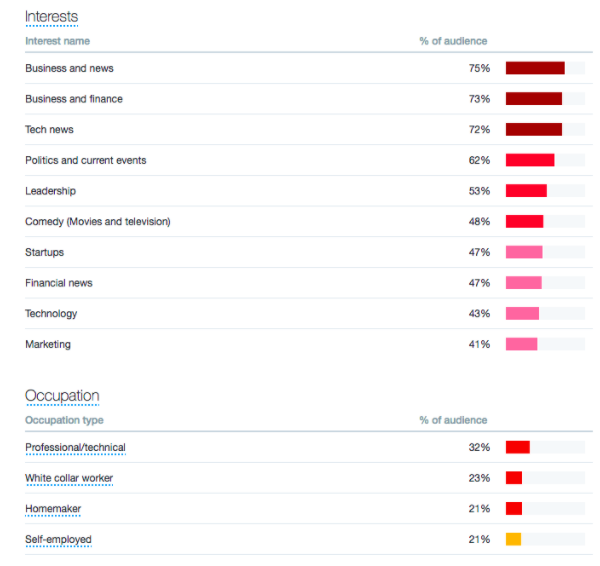Are you looking to use social media in your business, but you’re not sure where to start? If so, you’re not alone.
Many businesses are aware of the power and potential of marketing using social media, but few know how to actually do it successfully.
Perhaps you’ve also asked yourself some of the following questions:
- What social media channels should my business join?
- How often should I post on social media?
- How do I find my potential clients using social media?
- What’s the best way to engage with business people on social media?
- How do I convert leads to sales using social media?
In this article, I’ll show you what you need to do, step-by-step, to successfully use social media as part of your businesses marketing strategy.
STEP 1: CREATE A SOCIAL MEDIA PLAN
Wait.. “You mean to say, before I do anything on social media, I need a plan?”
Yep.
Businesses that jump straight into social media without a clear plan, usually end up failing and getting no results.
Therefore, creating an effective plan is essential to the success of your social media campaign.
In your plan, you need to identify:
- Who are your ideal clients?
- What social media channels are they using?
- How can you best engage with them?
- What content will you create and share?
- How will you convert your leads into sales?
Your plan, is ultimately a marketing and sales funnel, that takes people who have never heard about you before to people who like, trust and buy from you.
It’s important you create a clear social media plan before jumping into the next steps.
STEP 2: POST REGULARLY ON SOCIAL MEDIA
The next step is to make sure you build a strong social media foundation. You can do this by setting up your social media channels and start to post regularly.
What is the best content to post?
We recommend sharing content that your potential clients will find interesting and relevant.
For example, if you’re targeting business consultants, then post content that business consultants will find interesting – such as how to win more clients, how to be more productive, how to be a better consultant, etc.
With a bit of research, you’ll find that there’s plenty of content available. And if you do happen to be working in an industry where content is very scarce, then you can always create your own content (see step 4).
STEP 3: GENERATE LEADS AND GROW YOUR AUDIENCE
One of the most exciting parts of social media is lead generation: finding new potential clients who are interested in working with you.
One of the easiest ways to generate leads is by creating content that your potential clients will find interesting and helpful.
This can include free guides, articles, videos, webinars and even live events.
The key is to use social media to get the relevant and helpful content in front of your target audience in return for your potential clients’ contact details (usually their name and email).
Once you have their contact details, you’ve generated a lead, and you can start to nurture and convert that lead into a paying client (see step 5).
STEP 4: BUILD TRUST THROUGH CUSTOM CONTENT
No one will buy from you if they don’t like or trust you. So how can you build up likability and trust?
Create your own content.
Creating consistent content for your business is one of the easiest and most powerful ways to build trust with your leads.
What kind of content is it best to create?
We recommend you create content that your potential clients are asking (whether to you, others or on Google).
The more you can help your prospects with the problems they are facing, the more you will trusted in their eyes.
STEP 5: CONVERT LEADS TO SALES BY FOLLOWING UP VIA EMAIL MARKETING
The final step to a successful social media strategy involves your email marketing.
This may come as a surprise to some, because email marketing isn’t technically “social media”. But, it’s important to note that a successful social media strategy actually includes more than just social media.
To actually get sales from your social media, you need to create content and follow up with your leads on a regular basis.
Regularly following up with your social media leads can be accomplished using email marketing.
What kind of emails is it best to send your leads?
We recommend sending simple, plain-text emails, from a person (such as YOU). These types of emails look less salesy and usually get better results (higher open and engagement rates).
In the emails you send, you can share with your leads your content.
This combination of following up via content builds trust and helps you sell to your prospects in a way that isn’t salesy or annoying.
WHAT NEXT?
First, it’s important that as part of a successful social media campaign, you have to do all of these 5 steps. None of them are optional.
So if you don’t have the time or expertise to do everything in-house, then hire someone, or hire a social media agency, to do this for you.
Secondly, remember to be consistent with your marketing. This isn’t something you do once for a few months. You need to do it regularly for at least a year.
Businesses that get the best results from social media are the ones who are in it for the long-term. Sure, there are definitely some short-term results you can get. But overall, the best results will come after doing this for at least 12 months.
Finally, remember to track, monitor and improve your results each month.
Track how many leads you generate, who opens your emails, how well they convert and so on. By tracking your results, you’ll be able to see how you can improve at each step within your marketing and sales funnel.



